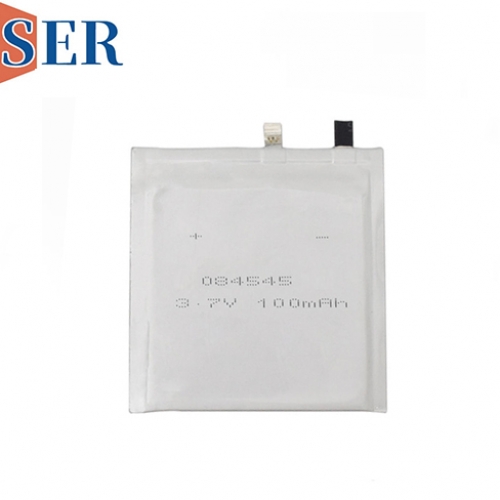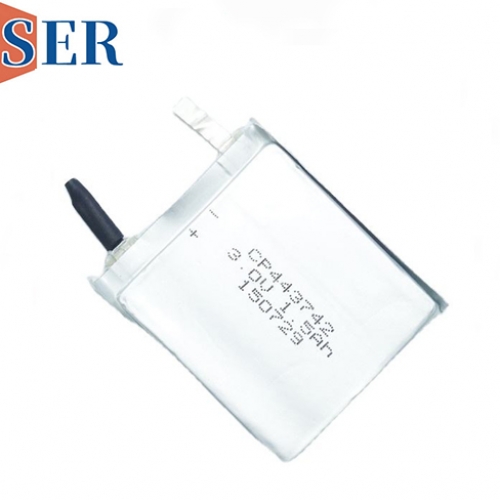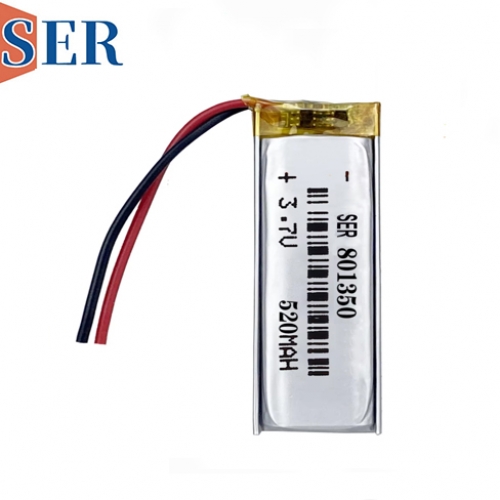5 Steps to find the right battery solutions or Custom Battery Solution?
5 Steps to find the right battery solutions or Custom Battery Solution?

In today’s fast-paced tech landscape, devices come in all shapes and sizes—from ultra-slim wearables and IoT sensors to industrial equipment and medical devices. The right battery solution can make or break your product’s performance, user experience, and market success. Whether you need a ready-to-use ultra thin battery, LISOCL2 battery, LiMNO2 battery, Lipo battery, or a tailored custom battery solution, the process doesn’t have to be overwhelming.
By following five critical steps—focused on voltage, max dimensions, discharge requirements, working temperature, and lifespan—you can systematically narrow down your options and select the perfect battery or battery pack for your application. This comprehensive guide walks you through each step, demystifies key battery technologies, and helps you make an informed decision that aligns with your device’s unique needs.
Introduction: Why Choosing the Right Battery Matters
Batteries are the unsung heroes of modern electronics. They power everything from the smartwatch on your wrist to the remote IoT sensors monitoring industrial machinery. But with a dizzying array of options—including ultra thin battery, LISOCL2 battery, LiMNO2 battery, Lipo battery, and custom battery solutions—selecting the wrong one can lead to costly consequences: shortened device lifespan, poor performance, safety hazards, or even product failure.
The stakes are higher than ever. Consumers demand longer runtime, smaller form factors, and reliable performance, while industrial and medical applications require batteries that meet strict safety and durability standards. Whether you’re designing a new product or upgrading an existing one, a structured approach to battery selection is essential.
The five-step framework outlined below cuts through the noise, focusing on the core technical requirements that define battery suitability. By the end of this guide, you’ll understand how to match your device’s needs to the right technology—whether it’s a standard ultra thin battery for a wearable, a LISOCL2 battery for a remote sensor, a LiMNO2 battery for a disposable medical device, a Lipo battery for a portable gadget, or a custom battery solution engineered for unique constraints.
Step 1: Define Your Required Voltage
Voltage is the foundation of any battery selection process—it’s the electrical potential that powers your device’s components. Choosing a battery with the wrong voltage can damage your device, cause erratic performance, or prevent it from working altogether. To get this right, follow these key steps:
Understand Your Device’s Voltage Needs
Start by checking your device’s specifications or consulting your engineering team to confirm the nominal voltage required. Most electronic devices operate on a fixed nominal voltage (e.g., 3.0V for small sensors, 3.7V for wearables, 12V for industrial equipment). Some devices may accept a voltage range (e.g., 3.0V–3.6V), but it’s critical to stay within this range to avoid component failure.
Match Voltage to Battery Technologies
Different battery chemistries offer distinct nominal voltages, making it easy to narrow down your options:
Key Considerations
Example Use Case
If you’re designing a disposable IoT sensor that requires 3.0V, you can immediately eliminate Lipo battery (3.7V rechargeable) and focus on LISOCL2 battery or LiMNO2 battery. If the sensor needs long-term reliability in harsh conditions, LISOCL2 battery is the better choice. If it’s an ultra-slim wearable sensor, LiMNO2 battery (available as an ultra thin battery) may be more suitable.
Step 2: Determine the Maximum Allowable Dimensions
Your device’s physical constraints—length, width, and thickness—are the next critical factor. Batteries must fit seamlessly into your device without compromising design, portability, or functionality. This step is especially important for slim, compact devices where space is at a premium.
Map Your Device’s Space Constraints
Measure the exact volume allocated for the battery (including any clearance for wiring or thermal management). Pay special attention to:
Match Dimensions to Battery Options
Each battery technology has distinct form factor strengths:
Key Considerations
Example Use Case
Suppose you’re designing a credit card-sized fitness tracker (max thickness: 2mm). An ultra thin battery is mandatory, so you’ll focus on LiMNO2 battery (primary, 0.3mm–2mm) or Lipo battery (rechargeable, 0.5mm–2mm). If the tracker is disposable (single-use), LiMNO2 battery is the way to go. If it’s rechargeable (daily use), a Lipo-based ultra thin battery is better.
Step 3: Specify Continuous Discharge Current, Pulse Discharge Current & Duration
Current—measured in milliamps (mA) or amps (A)—is the rate at which the battery delivers power to your device. Two key metrics matter here: continuous discharge current (the steady power the battery must supply during normal operation) and pulse discharge current (short bursts of higher power needed for specific functions, e.g., transmitting data, powering a motor).
Calculate Your Device’s Current Requirements
Work with your engineering team to determine:
Match Current Requirements to Battery Technologies
Different batteries excel at different discharge profiles:
Key Considerations
Example Use Case
If you’re building a remote IoT sensor that draws 0.5mA continuously and requires 300mA pulses for 200ms every 10 minutes, LISOCL2 battery is the perfect fit. It thrives on low continuous discharge and can easily handle the pulse demands. If the sensor is ultra-slim (1mm thickness), a LiMNO2 ultra thin battery may be a better choice—just ensure its pulse rating meets your needs.
Step 4: Identify the Working Temperature Range
Batteries perform differently under extreme temperatures. A battery that works perfectly in room temperature may fail in freezing cold or scorching heat. It’s critical to match your battery’s temperature tolerance to your device’s operating environment.
Define Your Device’s Operating Environment
Where will your device be used? Common environments include:
Match Temperature Tolerance to Battery Technologies
Each battery chemistry has unique temperature capabilities:
Key Considerations
Example Use Case
If you’re designing a temperature sensor for a freezer (-30°C), LISOCL2 battery is the only viable option—it’s the only battery that can operate reliably in such cold conditions. If the sensor is ultra-slim and used in a grocery store cooler (0°C–10°C), a LiMNO2 ultra thin battery may work, but you’ll need to confirm its low-temperature performance.
Step 5: Determine the Required Lifespan
Lifespan refers to how long the battery will power your device—either through multiple charge-discharge cycles (rechargeable batteries) or a single discharge (primary batteries). This step is critical for cost-effectiveness and user satisfaction.
Define Your Device’s Lifespan Needs
Ask yourself:





